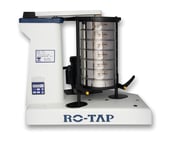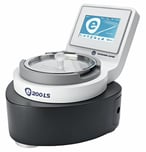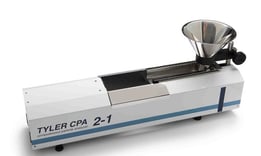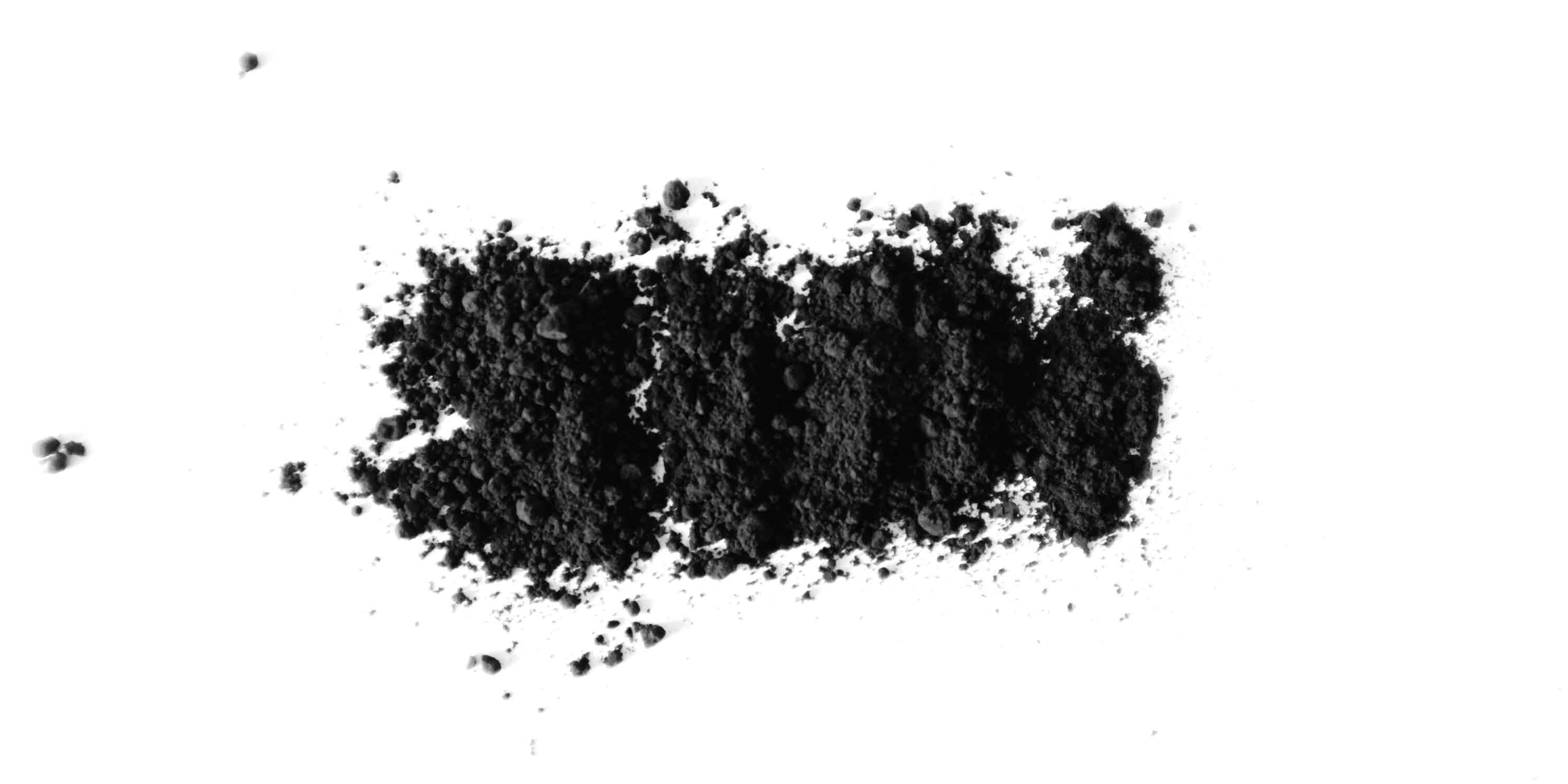What is Particle Size Analysis? (Definition, Methods, and Benefits)
No matter what industry you work in, knowing the size of the particles in your products is a crucial aspect of your quality control. This is why it is essential that you implement a reliable means of particle analysis into your process.
But what exactly is particle size analysis?
W.S. Tyler has been at the forefront of the particle analysis industry for over 140 years and strives to provide you with the know-how and equipment needed to maintain efficient quality control.
In this article, we will define what particle size analysis is, why it's important, and how particles are recorded.
What Is Particle Size Analysis?
Particle size analysis is widely described as the process in which dry, free-flowing material is analyzed to determine the size and shape of the individual particles.
Particle size analysis is conducted by companies that want to ensure that the product, whether it's something they are producing or purchasing from another company to put into their products, meets the standards needed to provide the consistency or quality they are looking for.
In plastic extrusion, for example, particle analysis is used to determine the batch size of the material. When it comes time to melt the plastic for production, they use this batch size to determine the temperature in which the plastic needs to be heated to for adequate throughput.
Failure to implement reliable particle analysis can lead to product recalls and early product failure because the starting material was not the right size and could not withstand production.
Why Is Particle Size Important?
As particle size plays an integral role in the performance of the final product, it is essential that you are implementing particle analysis in your quality control protocol. Not knowing the size of your material's individual particles can cause major issues within your production line, costing you thousands, if not millions of dollars in potential revenue.
For example, in the fracking industry, if you are working with a mixture of particle sizes that are too variant, an uneven distribution of vacuum pressure can be created. In turn, the fracture in which the oil is being drawn from may shift, closing the wellbore and hindering the production of oil.
The pharmaceutical industry, on the other hand, relies on particle size as it controls the rate in which medicine dissolves and disperses throughout your body. Failure to know and control the particle size of any given medicine can lead to costly lawsuits and, more importantly, cause harm to the patient taking the medication.
To put it simply, knowing particle size is just one of the many precautions needed to ensure the specification, quality, and effectiveness of a product.
How to Conduct Particle Size Analysis?
In order to accurately produce particle analysis results, there are three methods that can be used: test sieve analysis, air jet sieve analysis, or dynamic image analysis.
Test Sieve Analysis
Test sieve analysis is the process in which a stack of test sieves is paired with a sieve shaker, such as a RO-TAP®. It requires sample material to be placed on the top sieve in the stack, at which point the sieve shaker rotates while a hammer mechanism taps the top of the sieve stack.
As a result, the material passes through the openings of the test sieves, and the operators can begin recording the results. This method is ideal for those that want a particle analysis process that is easy enough for any operator on their staff to maintain yet accurate enough to comply with industry standards.

For further explanation on how to perform a test sieve analysis, review our article: How To Perform a Test Sieve Analysis (Preparation, Steps, & Tips).
Air Jet Sieve Analysis
Air jet sieve analysis is the process in which an air jet sieve, such as the Alpine Air Jet Sieve e200ls, is used to generate air from a vacuum and propel it through a single sieve.
This method of particle analysis works exceptionally well when analyzing material that often becomes agglomerated, such as powdered sugar. This is because the rush of air makes agglomerated particles to collide with its plexiglass lid and separate.

Review our article How to Perform an Air Jet Sieve Analysis (Preparation, Process, and Maintenance) to learn more.
Dynamic Image Analysis
Dynamic image analysis is the process in which a Dynamic Image Analysis System, such as the W.S. Tyler Computerized Particle Analyzer (CPA), is used to determine the size and shape of dry, non-agglomerating particles as fine as 10 microns such as sand.
The CPA utilizes a vibrating tray to drop particles past a high-resolution digital line scan camera that can detect up to 10,000 particles per second.

To gain a better understanding of how this method of particle analysis works, review our article: Laser Diffraction VS Light Scattering VS Photo-Optical Analyzing.
How Are Individual Particles Measured?
The way in which you record particle size is different depending on which standards you are following.
For example, in the ASTM standard, particles are measured based on the mesh count of the sieve that prevents the particle from moving to the next sieve in the stack.
To explain that in further detail, if you are working with aggregate and a particular piece of sediment was resting on a 50 mesh test sieve at the conclusion of the analysis, you would describe it as a 50 mesh piece of sediment.
Particles are also measured in inches, millimeters, as well as microns (1/1,000,000 of a meter). A good rule of thumb to follow is that if a particle is smaller than an inch, use the mesh count, millimeter length, or micron size as the unit of measurement.
For the most part, particle analysis is used to test particles with a size range of 20 microns up to 4 inches.
Become a Particle Analysis Expert
Particle size analysis is a process that involves an operator employing industry-standard equipment to determine the size and shape of the particles being worked with. It is an essential element to any reliable quality control protocol.
That said, when particle size analysis is omitted from an operation, you run the risk of early product faults and recalls. To prevent this, test sieve analysis, air jet sieve analysis, dynamic image analysis are all great methods used to yield accurate particle analysis results.
When recording your results, it’s important that you use units of measurement that comply with industry standards to represent your material. Remember, particles are generally measured by mesh count, inches, millimeters, and microns.
With over 140 years of particle analysis experience, W.S. Tyler is here to help and will work with you to pinpoint a solution that fits your process.
To learn more about the benefits of particle size analysis, take a look at our Test Sieves, Sieve Shakers & Particle Analysis Equipment product guide.
Want all the latest industry trends and innovations sent directly to your inbox? Subscribe to our monthly newsletters today.
You May Also Find the Following Articles useful:
About Ronnie Brown
Ronnie is the Content Writer for W.S. Tyler and has four years of experience as a professional writer. He strives to expand his knowledge on all things particle analysis and woven wire mesh to leverage his exceptional writing and graphic design skills, creating a one-of-a-kind experience for customers.




